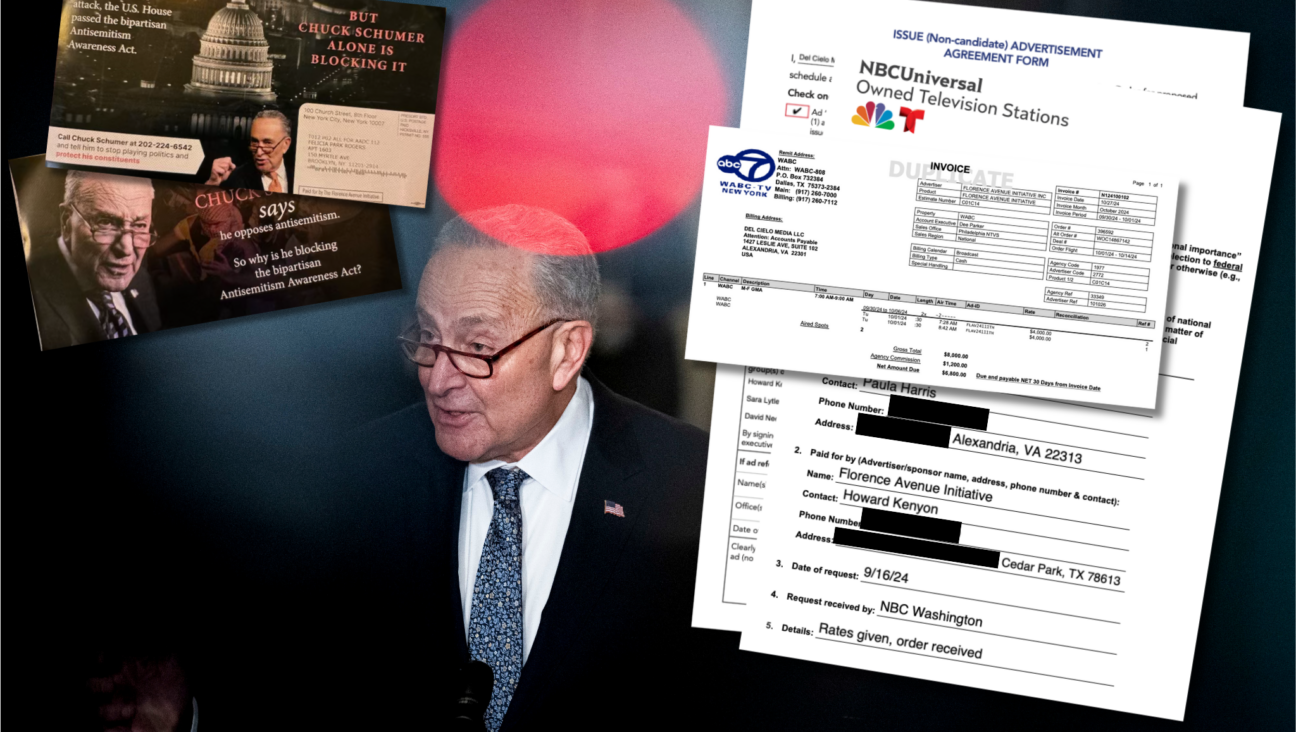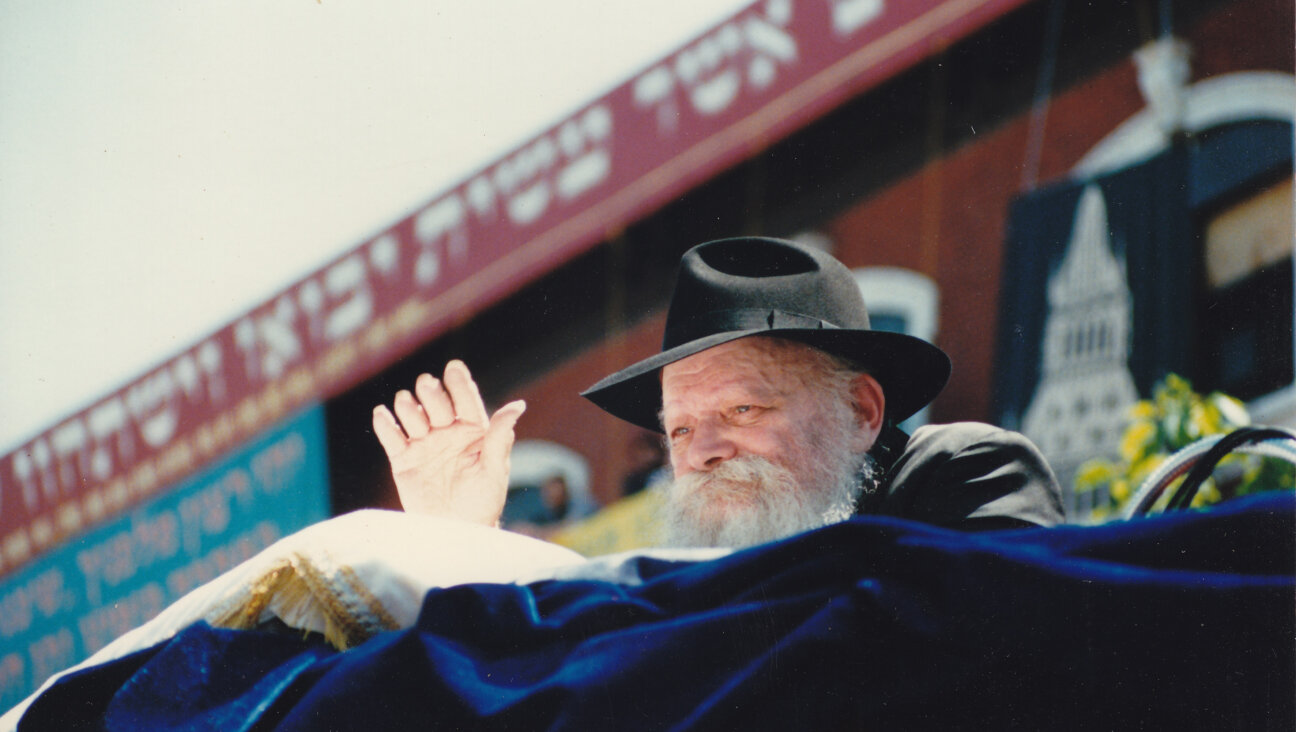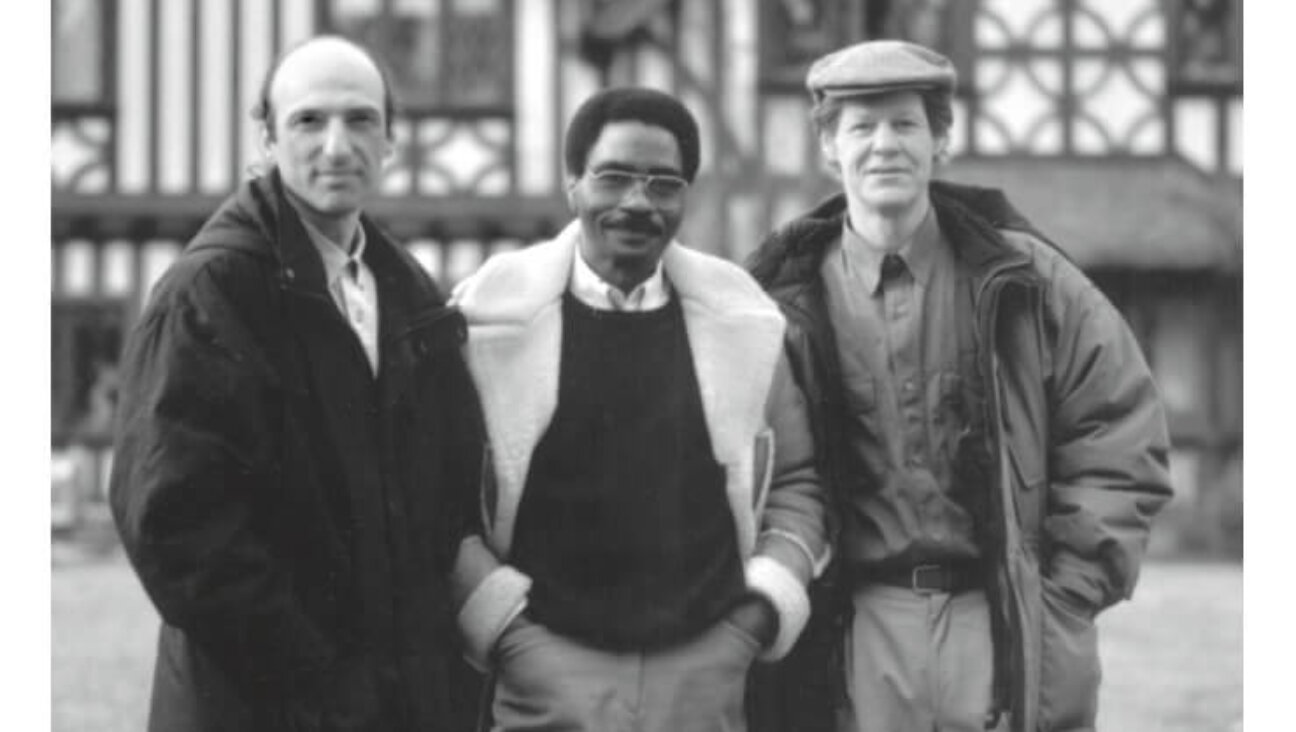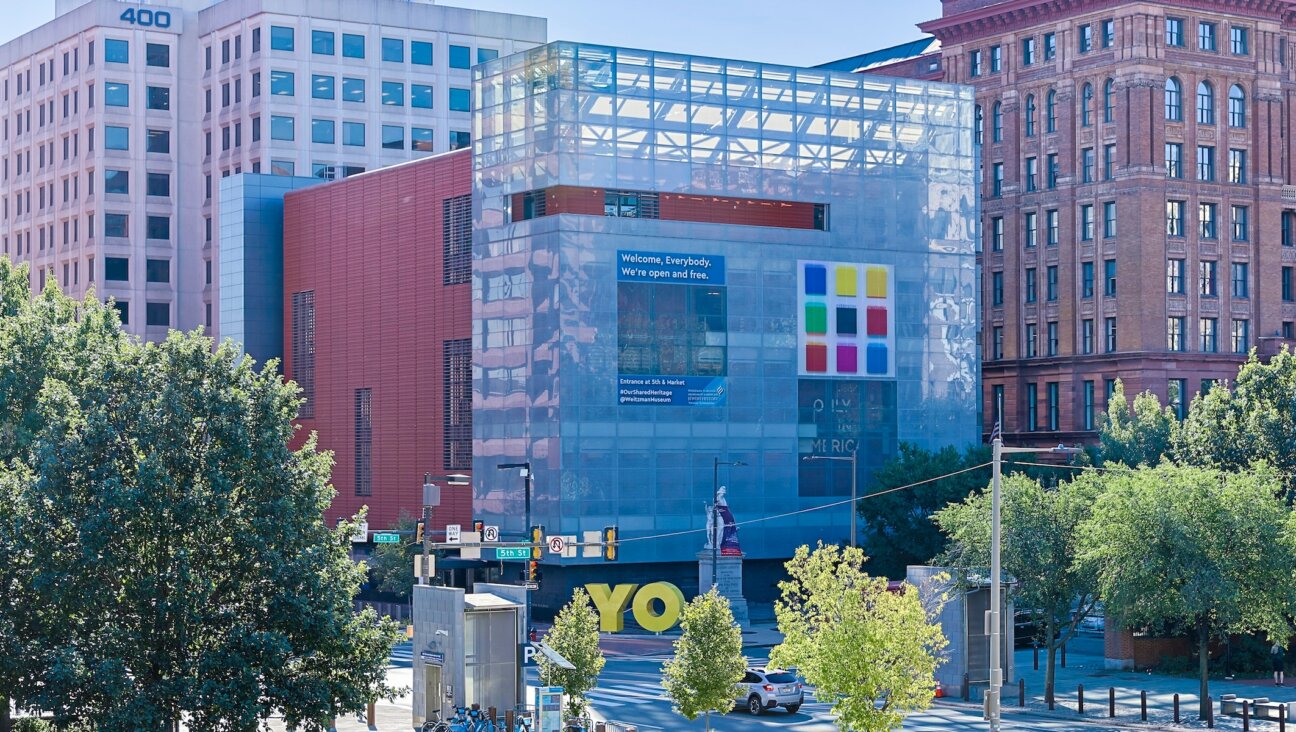Written Words
LOSS AND HOPE AT THE STELLAR ALZHEIMER’S ASSOCIATION RITA HAYWORTH GALA
Honorees, award presenters and guests at the October 27 “So Near & Yet So Far” Alzheimer’s Association Rita Hayworth Gala had a vested reason for the urgency to find a cure for a disease that currently afflicts 5.3 million Americans. When she was 19, Princess Yasmin Aga Khan discovered that her mother, Rita Hayworth, then in her 50s, was suffering from Alzheimer’s. After caring for her mother until her death in 1987 at age 68, she founded the Rita Hayworth Gala. Alexandra Lebenthal, gala chair, wistfully recalled her once “glamorous, vital mommy,” now 79, who no longer recognizes her or her sister.
Rita Hayworth Award recipient Muffie Potter Aston told the audience about her grandmother, “a widow at 28 with a young daughter — my mother — in German-occupied Yugoslavia. “She was interrogated by the Nazis… and later honored by the OSS [Office of Strategic Services] as a vital code-breaker for the British. She went from speaking seven languages to barely speaking one.” Attorney Lonnie Wollin, recipient of the Rita Hayworth Lifetime Award, lost his father, three uncles and two aunts to Alzheimer’s. In 1977, Wollin founded the Alzheimer’s Disease Society, which eventually evolved into the National Alzheimer’s Association. Among the guests was a stunning Brooke Shields, whose dementia-afflicted mother once orchestrated young Shields’s rise to fame.
The gowns were dazzling, and the statistics mind-boggling: “By 2015, there will be 16 million with Alzheimer’s in the U.S.,” Aga Khan informed. “Somewhere in America, every 70 seconds, doctors diagnose a new case…. Alzheimer’s annually afflicts more [people] than breast cancer and prostate combined. It is the seventh leading cause of death, and affects people in their 30s, 40s and 50s.” And as a kicker for the women in the Waldorf-Astoria ballroom, she added, “Twenty percent of women reaching 65 will develop dementia.” On a large movie screen set up onstage, a film retrospective of Alzheimer’s victims included headshots of George Balanchine, Estelle Getty, Abe Ribicoff, William Powell, Perry Como, Cyrus Vance, Eddie Albert, Vincente Minnelli, Aaron Copeland, Barry Goldwater, Charles Bronson, Otto Preminger, Arlene Francis, Dana Andrews, Floyd Patterson, Burgess Meredith, Ralph Waldo Emerson, Sugar Ray Robinson, Rosa Parks, Charleton Heston, Ronald Reagan and others.
“Alzheimer’s took both my grandfather and my father,” said David Hyde Pierce, who whimsically informed, “Yes, I used to be Niles” — a reference to the character he portrayed in the long-running TV sitcom “Frasier,” currently in reruns. “There are two dozen drugs in clinical tests at this time,” Pierce said. A star of such recent Broadway hits as “Spamalot,” and “Curtains,” Pierce, who also had a supporting role in the 1988 film “Crossing Delancey” (back then, he was known as David Pierce), admitted that being “unemployed” was the reason he was able to attend the gala.
Underwritten by Rolex Watch USA, the event raised $2 million. Roger Waters, founding member, lyricist and principal composer of Pink Floyd, performed “Wish You Were Here.” The Pointer Sisters topped off the evening’s entertainment.
ANTI-OXIDANTS POSSIBLE BUFFER AGAINST ONSET OF ALZHEIMER’S, ALON MONSONEGO POSITS AT BEN-GURION UNIVERSITY OF THE NEGEV BENEFIT
Hoping for an emotional yet science-vetted pick-me-up following the dire statistics of the Alzheimer’s gala, I went to hear Dr. Alon Monsonego, keynote speaker at the October 28 Greater New York Region American Associates Ben-Gurion University of the Negev benefit dinner, held at the JCC in Manhattan. Addressing the theme “Curing Alzheimer’s: An Innovative Approach,” in the elegant academic lingua franca understood by scientists and members of the intellectual-exchange group Mensa, he cited details of his research, which focuses on the interaction between the immune system and the brain during aging and on the progression of Alzheimer’s disease. First, the bad news: the revelation that “by the time Alzheimer’s symptoms appear, the disease may have already established itself 10 to 15 years ago, and by the time we see it, we’re in the middle of it.”
The good news: Alzheimer’s is not an inflammatory disease as once thought, and the new direction focuses on “boosting the immune system.” Responding to questions from the audience about the benefits of the Mediterranean diet, Monsonego concurred, “Fish, vegetables, olive oil… vitamin D3; anti-radicals, anti-oxidants are all very important.”
Monsonego is the first incumbent of the Zehava and Chezy Vered Career Development Chair for the Study of Alzheimer’s and Neurodegenerative Diseases at Ben-Gurion University of the Negev. After completing a doctorate in neurobiology at Weizmann Institute of Science, he moved on to Harvard Medical School to earn a fellowship in postdoctoral research. His research in the immunological mechanisms involved in Alzheimer’s disease won him a grant ($80,000) from the Alzheimer’s Association, which enabled him to establish and head a research group at Harvard University. Still, he opted to return to Israel. During dinner, I asked Monsonego for additional comments on the importance of diet and its impact on the immune system and Alzheimer’s. Expounding on a statement he had made earlier in his address, he said: “We begin aging in our 20s…. Evolution does not care about quality of life, but about survival…. If the immune system is not treated well, the body can’t cope with disease.”
The evening’s recipients of the Humanitarian Award were the Gural family, whose real estate empire —begun by Aaron Gural and now known as Newmark Knight Frank — was, according to journal notes, “one of the first to see the potential for restoring industrial sites on the West Side and abandoned buildings in the Garment District.” Gural’s acquisitions included the 1902 Flatiron Building, at the juncture of 23rd Street between Fifth Avenue and Broadway, and the old McGraw-Hill building on West 42nd Street (since sold).
Ben-Gurion University was inspired by the vision of Israel’s first prime minister, David Ben-Gurion, who “believed that the future of the country lay in the Negev region, a desert area comprising more than an 60% of the country’s land mass.” With a campus comprising 125 buildings, 19,500 students, 808 senior faculty and 228 junior faculty, it is a world leader in desert studies, alternate energy, ecological conservation, and water purification and management. Ben-Gurion also takes price in its graduate Dr. Rania Ogby-Kweidar, the first female Bedouin physician in Israel.
AMERICAN FRIENDS OF THE ISRAEL MUSEUM GALA CELEBRATES “THE WRITTEN WORD”
An illuminated monolithic sculpture — 14 feet high, 12 inches wide and 3 feet deep — constructed entirely of bundles of newspapers and replicating Israel Museum’s logo, greeted the 550 guests arriving at Cipriani 42nd Street for the October 26 American Friends of Israel Museum gala, “The Written Word.” The event celebrated “the encyclopedic nature of the Israel Museum’s holdings by highlighting works of art spanning six millennia in which letters and words play a central role.” Amid the festive crowd were Josh Bernstein, host of the Discovery Channel show “Into the Unknown”; Vera Wang; Julie and Billie Macklowe; Matthew Bronfman; Judith and Michael Steinhardt, and Ingeborg and Ira Rennert.
Located in Jerusalem and currently undergoing a $100 million renewal and expansion, the Israel Museum is a leader among the world’s encyclopedic museums. It is the home of the Dead Sea Scrolls housed in the landmark Shrine of the Book, the five-acre Billy Rose Art Garden designed by Isamu Noguchi and the site of the model of Jerusalem in the Second Temple.
While diners ate and chatted, artist Ellie G., poised on a very tall ladder, painted a huge white canvas with configurations of “The Written Word” — a work that was later auctioned off. A video presentation of memory fragments by Israeli senior citizens remembering the museum’s beginnings has a universal resonance: “A dream,” one said. “It was a fairy tale come true… a dream… an empty hill that would one day be a museum!” Film clips of the evolution of the space “on the side of the hill,” with a roster of Israel’s early leaders and notables of international renown at the Jewish state’s “birth,” were in startling contrast to the museum’s present heft and import.
A message from our CEO & publisher Rachel Fishman Feddersen

I hope you appreciated this article. Before you go, I’d like to ask you to please support the Forward’s award-winning, nonprofit journalism during this critical time.
We’ve set a goal to raise $260,000 by December 31. That’s an ambitious goal, but one that will give us the resources we need to invest in the high quality news, opinion, analysis and cultural coverage that isn’t available anywhere else.
If you feel inspired to make an impact, now is the time to give something back. Join us as a member at your most generous level.
— Rachel Fishman Feddersen, Publisher and CEO






















